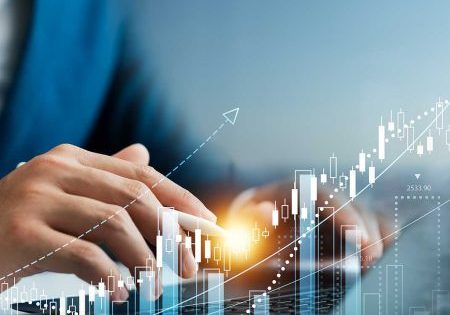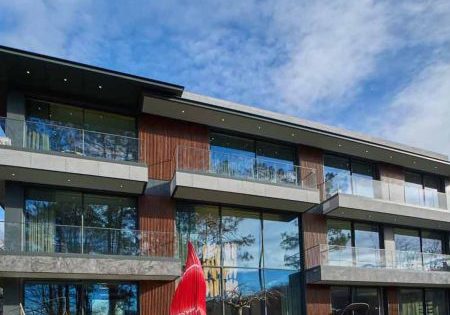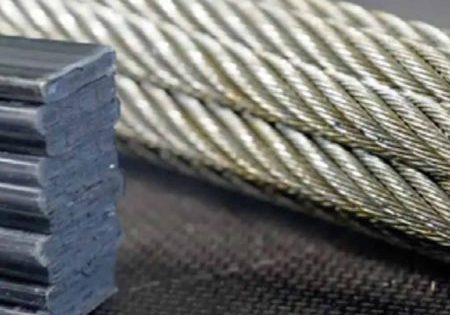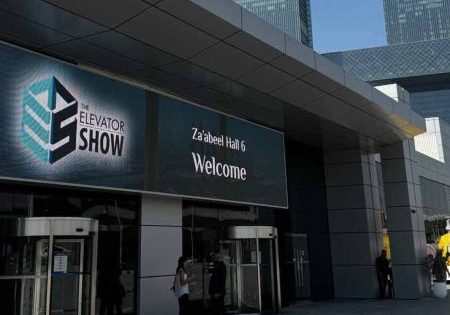The Journey of the Elevator World: Revolution in Elevator Technology
Sep 9, 2025
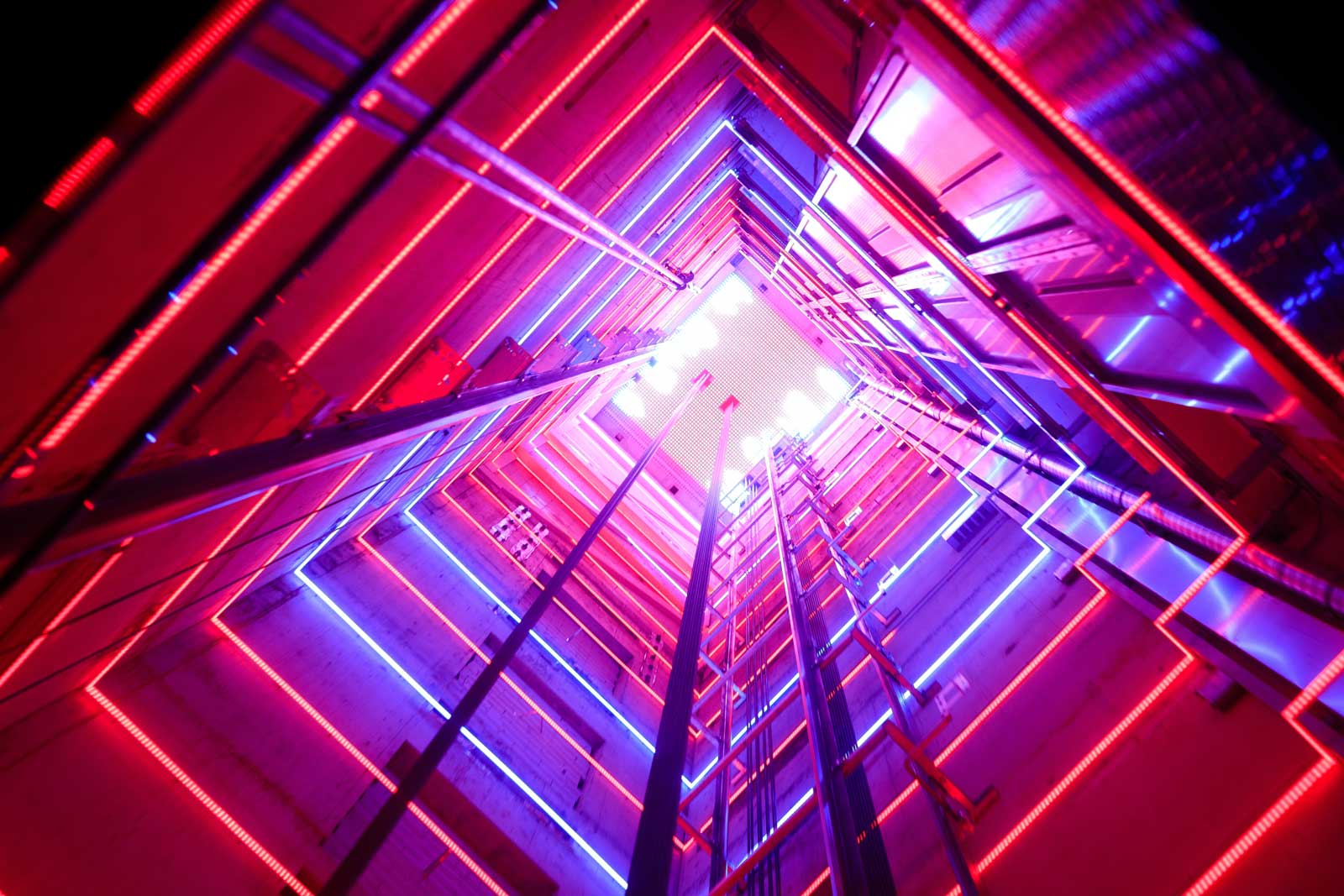
Journeys are measured not only by distance, but also by technology. To understand where vertical movement is today, we need to look not only at how many floors we climb, but also at how we do it. Elevator systems are no longer just a means of transportation; they are advanced engineering structures equipped with AI, the Internet of Things (IoT) and sensor technologies that make city life smarter and safer. This revolution in the industry is transforming both manufacturers and users, as well as cities themselves.
In the past, the technological evolution of elevators was evaluated mainly in terms of mechanical capabilities. Stronger motors, longer cable systems or more space-efficient hydraulic solutions were the topics of discussion. However, at the point we have reached today, technological transformation is not only physical but also digital in nature.
Elevator systems have taken on structures that analyze user habits, develop movement strategies according to traffic density and notify maintenance needs in advance. In my opinion, AI is at the center of this transformation. Modern elevators continuously collect data: which floors are stopped at more often; when does traffic increase; which users move between certain floors more frequently.
All this data optimizes the movement algorithms of the units. AI-supported systems offer a structure that predicts calls in advance, unlike the classic “response to call” model. Especially in structures with high-traffic density, such as large hotels, office towers and shopping centers, this technology can reduce wait times by up to 30-35%.
As I think about it, I remember attending Otis’ global virtual event, “Welcome to Tomorrow,” a few years ago, where I heard about the Gen360 platform developed specifically for the European market. In this fully digital experience, the platform’s real-time data analysis, predictive maintenance and 24/7 remote monitoring features were presented through an interactive demonstration. During the simulation, I observed how the platform instantly analyzed the density across different floors, optimized elevator movements accordingly and visualized passenger traffic on each floor using a color-coded heat map.
This gave me the opportunity to experience firsthand how these advanced algorithms, which we know in theory, can improve user experience and operational efficiency in practice. Now I understand that knowledge is something that gains value over time. Another piece of digital hardware is IoT, which integrates the elevator system with a building’s entire smart infrastructure.
Elevators that work together with heating, lighting, security and access control systems maintain the building’s energy consumption balance while providing an uninterrupted user experience. For example, when a smart card is used to enter a floor, the information is automatically sent to the elevator, and the person is directed to their destination floor without having to press a button.
At the core of these innovations lies sensor technology. Not only speed and location, but also dozens of data points such as temperature, vibration, weight and usage frequency can be monitored in real time. Thanks to these sensors, potential malfunctions can be detected in advance, and preventive maintenance schedules can be created. This not only reduces operational costs but also maximizes user safety. These systems are no longer a “luxury” for multi-story buildings, but have become a mandatory safety protocol.
Another dimension of the revolution is related to user experience. As I mentioned in my previous articles, elevators are not just systems that transport people from one point to another, but also interactive spaces equipped with aesthetics, comfort and digital interfaces. Touchscreen control panels, contactless buttons, voice guidance systems and call systems via mobile applications have gained significant momentum, especially in the post-pandemic period. Users now demand not only speed but also safety, hygiene and personalization.
Notable steps are also being taken to adapt these technologies to the Turkish market. For example, AI-powered IoT sensor solutions developed by IoSphere are being used in new projects in major cities. For instance, Milesight’s VS121 AI Workplace Sensor anonymously detects elevator cabin occupancy rates and ensures that calls are answered by less crowded cabins. This reduces user waiting times and optimizes energy consumption. The fact that these systems are adapted to building usage habits in Türkiye by 100% local engineering teams further increases the efficiency of the technology.
In addition, the sector is no longer just transporting people. Examples such as service elevators integrated with autonomous logistics systems, systems that transport medicines and materials in hospitals and solutions that automate luggage management in hotels are rapidly becoming widespread. This shows that vertical transportation is undergoing a transformation that is not only architectural but also logistical and operational.
This technological revolution is bringing with it a new workforce profile. Elevator technicians must be able to read digital systems, analyze software-based error codes and manage remote maintenance systems. These skills are a plus for individuals and, of course, are now inevitable. I believe that manufacturing companies should transform their classic assembly-focused structures and invest in areas such as R&D, software and data analytics.
However, for this transformation to be sustainable, serious awareness is also needed in areas such as ethics, security and data privacy. Questions such as how systems that track user behavior process data, with whom they share it and for what purpose they analyze it will now be on the agenda not only of software companies but also of the elevator industry.
Today, the elevator industry stands at the intersection of engineering, software and user psychology. This revolution is not limited to technology; it is an evolution that redefines industry responsibility. Smart, predictive and interactive systems offer future cities not only comfort but also data-driven decision-making, security and sustainability.
And this journey is not just about going up or down. It’s about the journey itself, what we learn along the way and how we improve this system. I’d like to conclude with a quote from one of my university professors:
“A revolution doesn’t begin by changing a technology; it begins by transforming its meaning.”
Get more of Elevator World. Sign up for our free e-newsletter.



